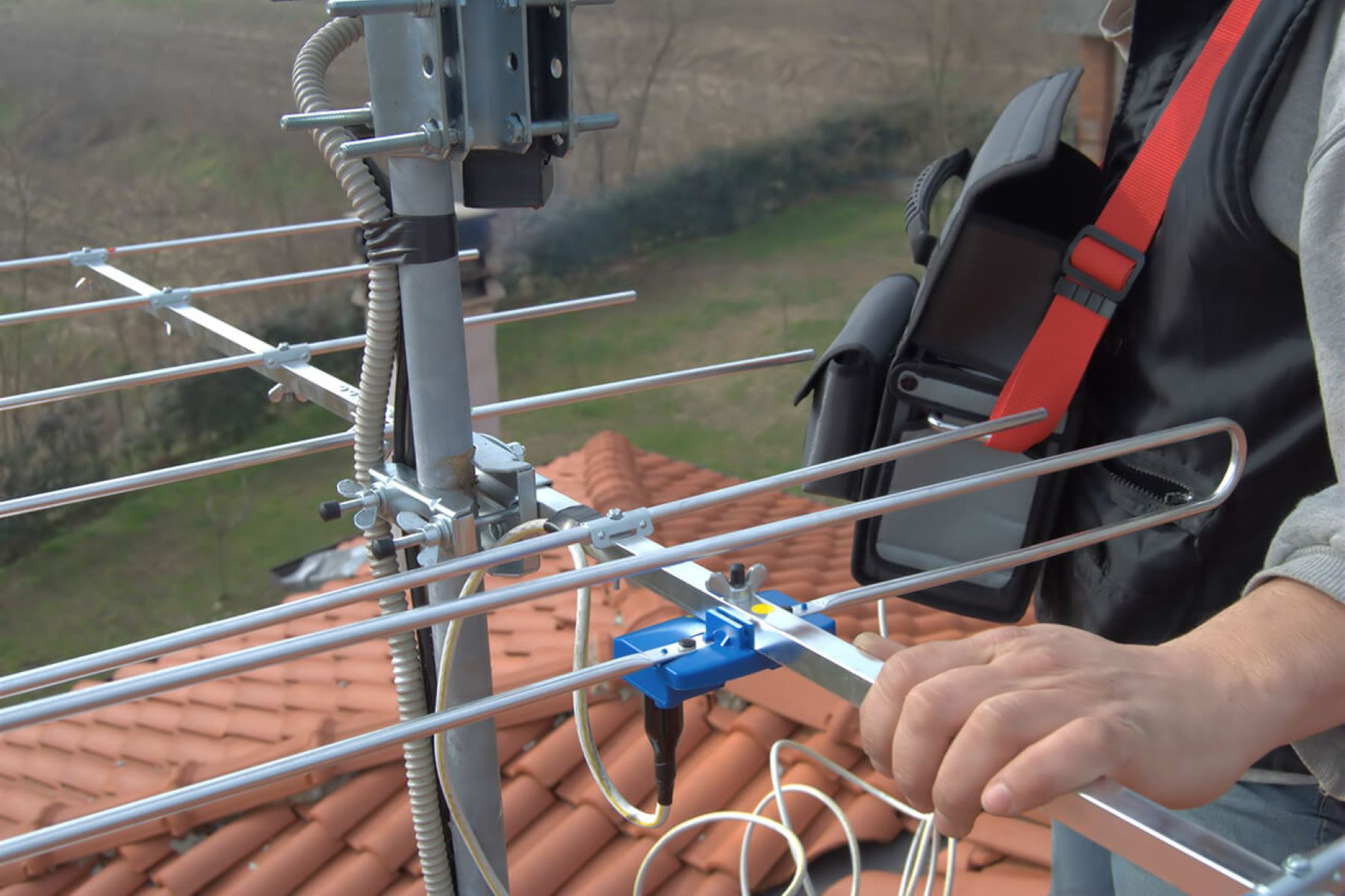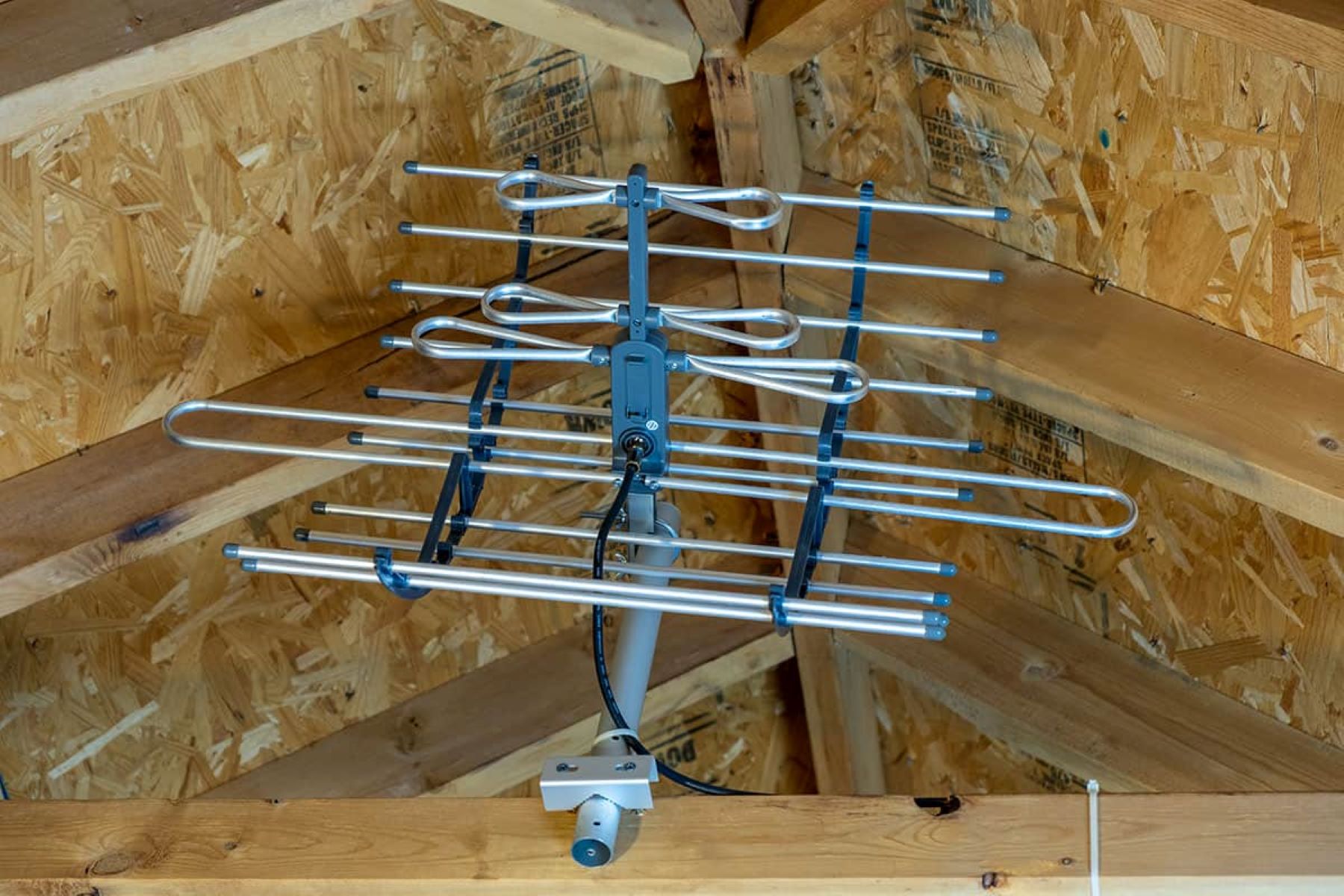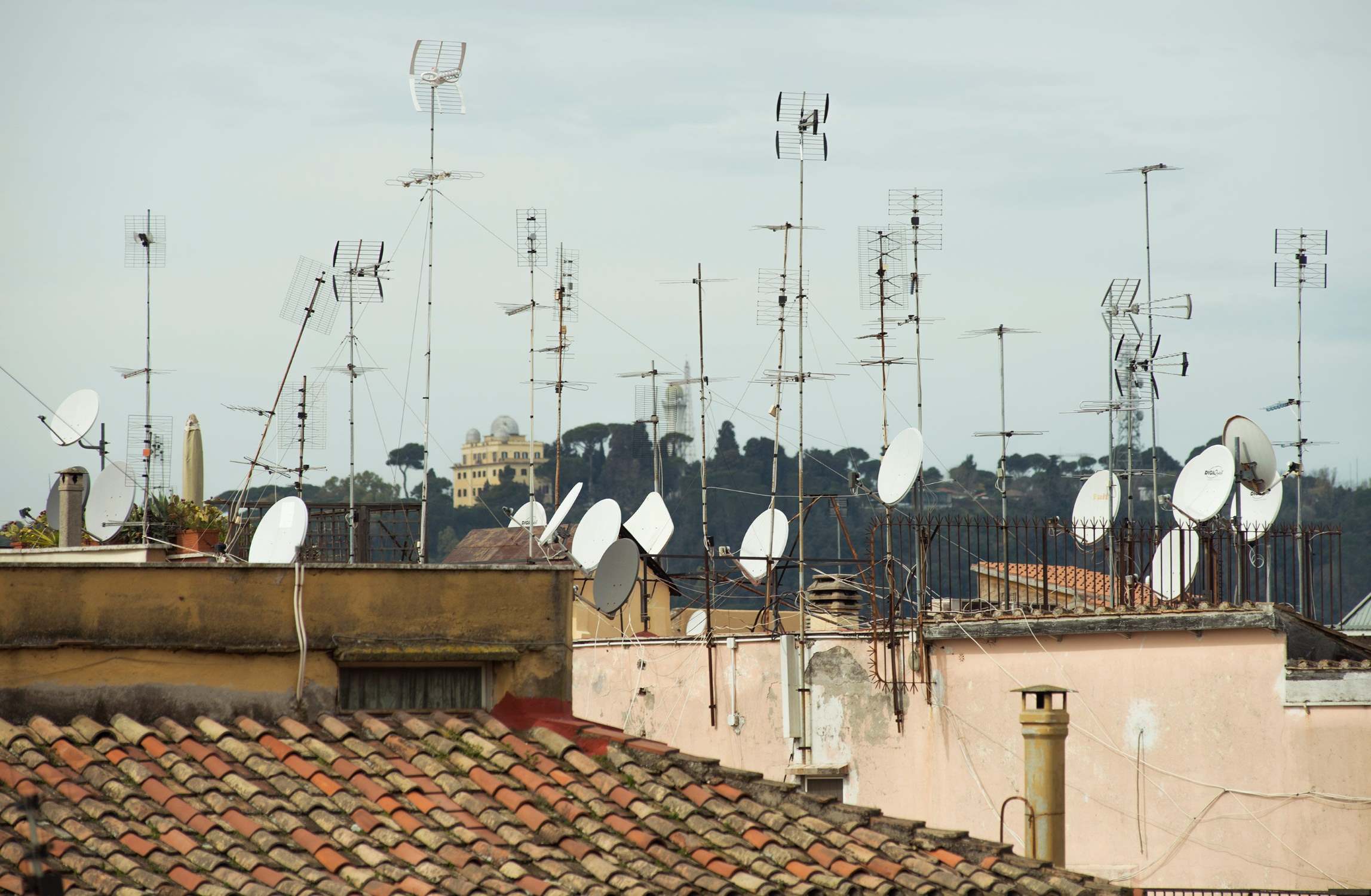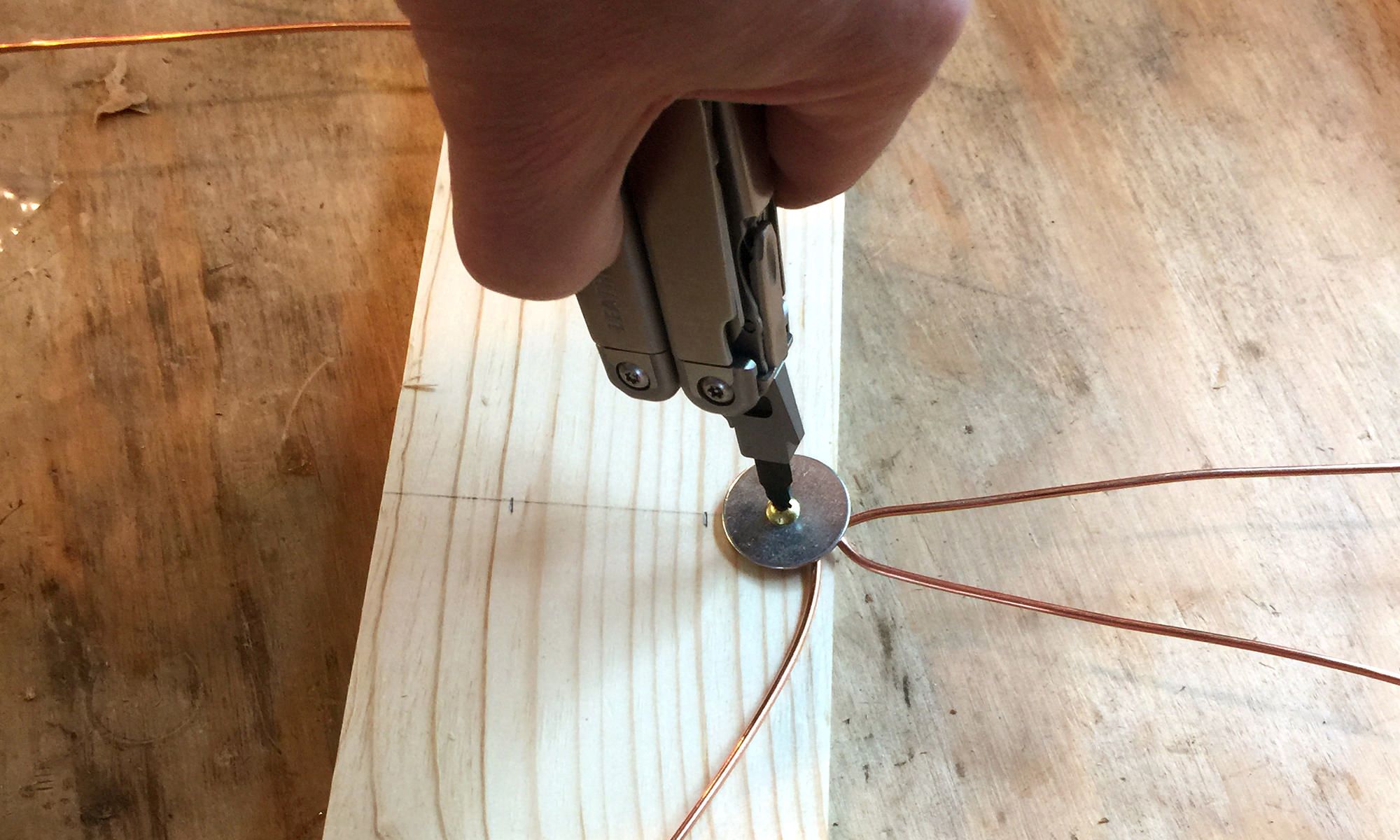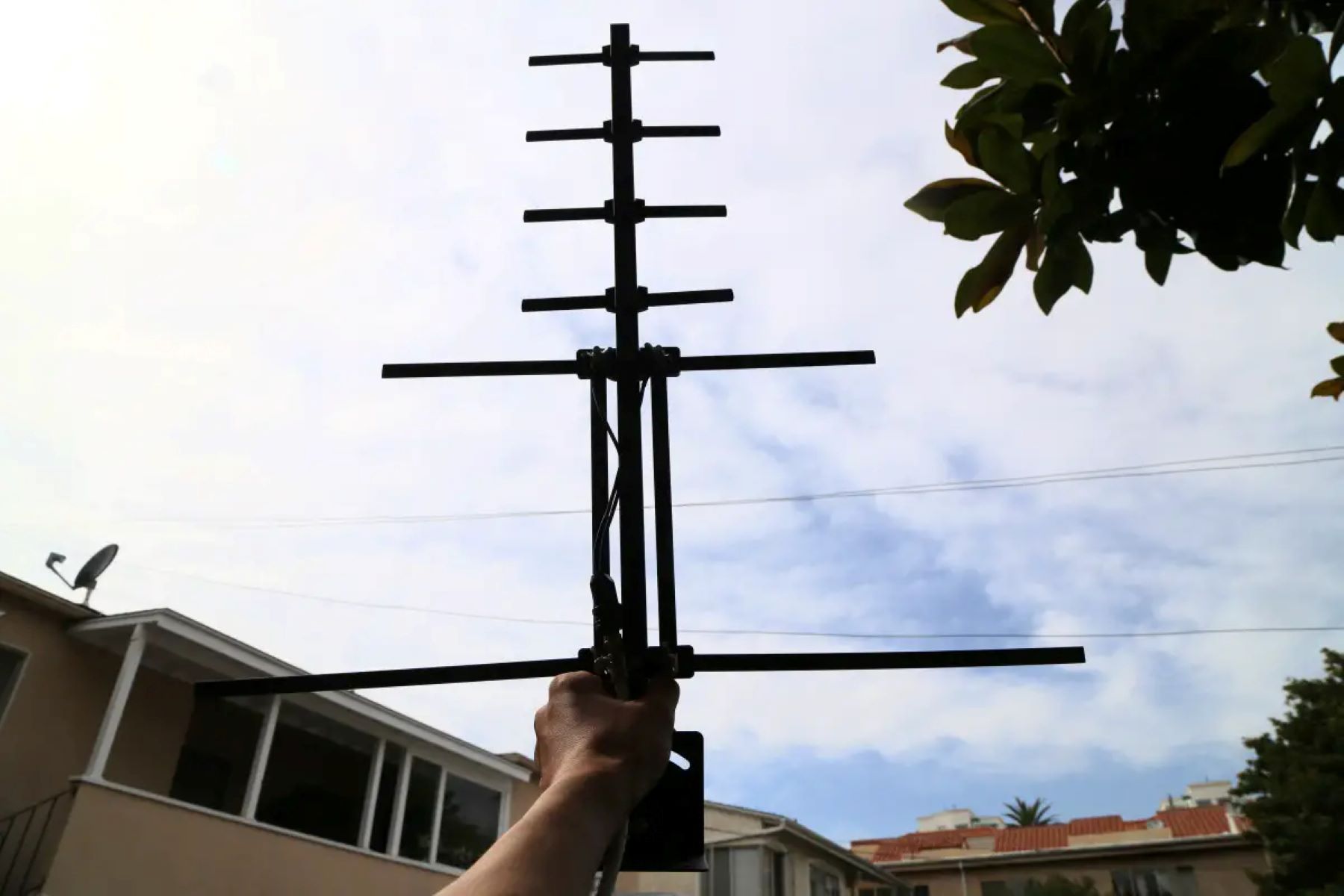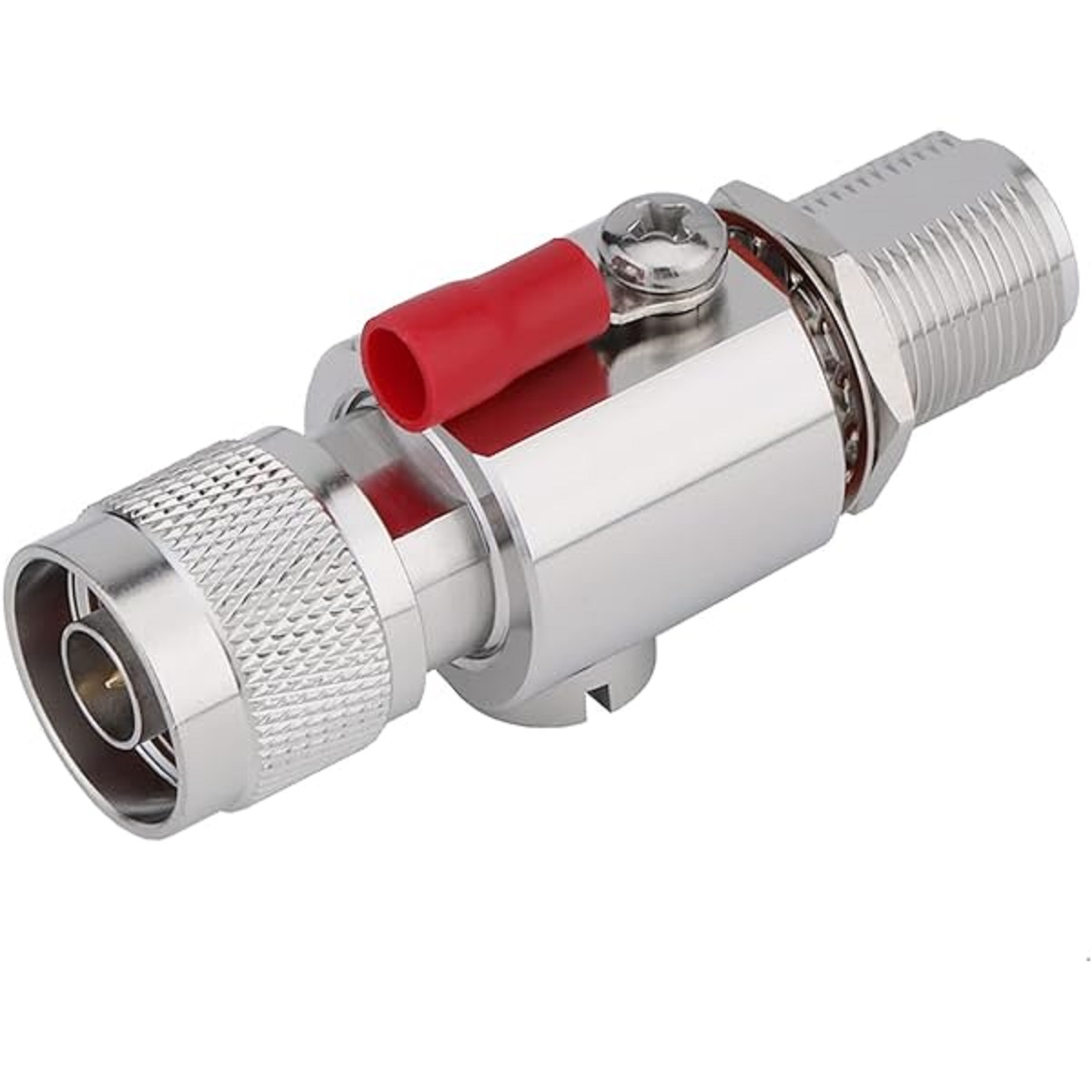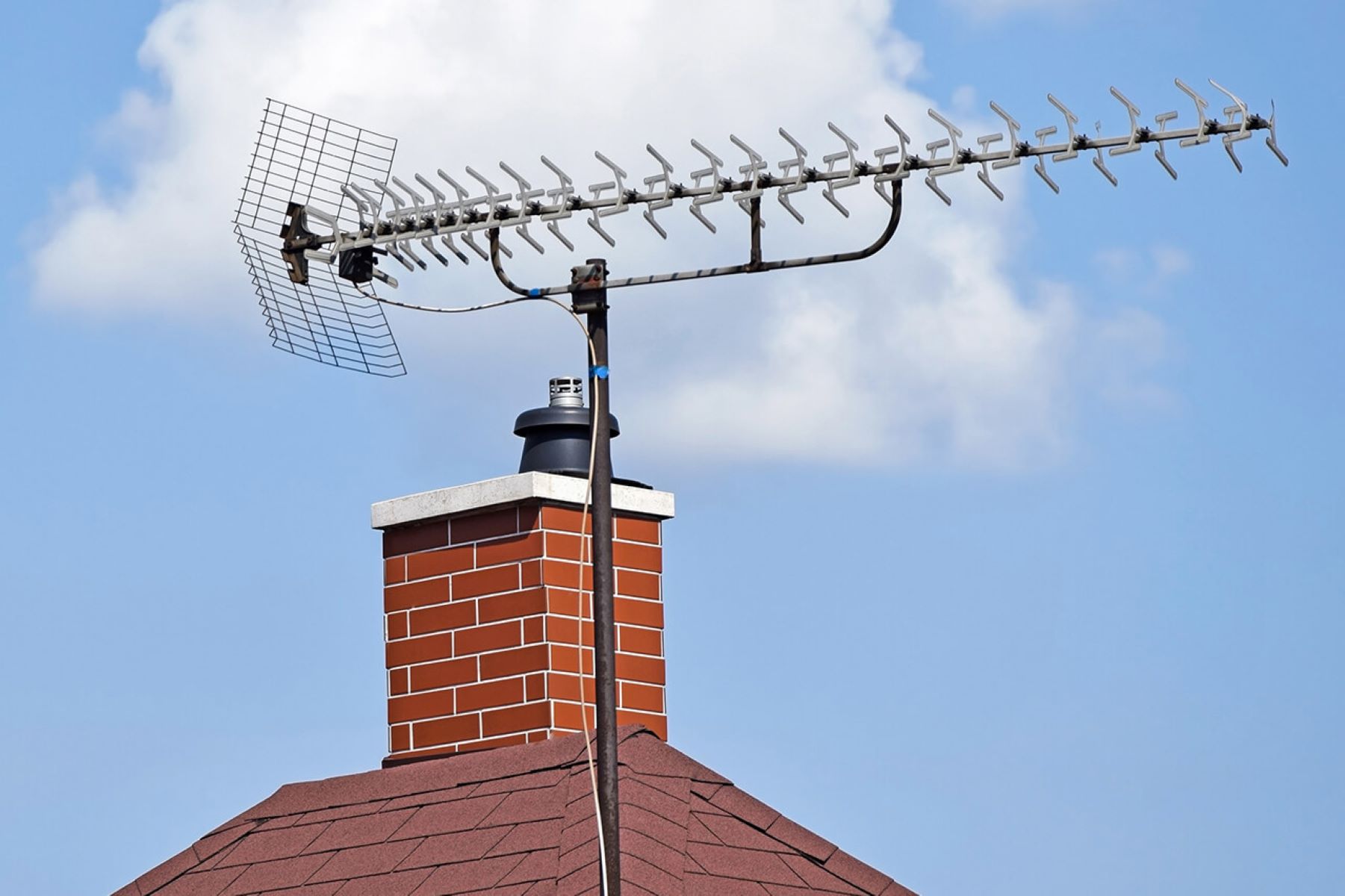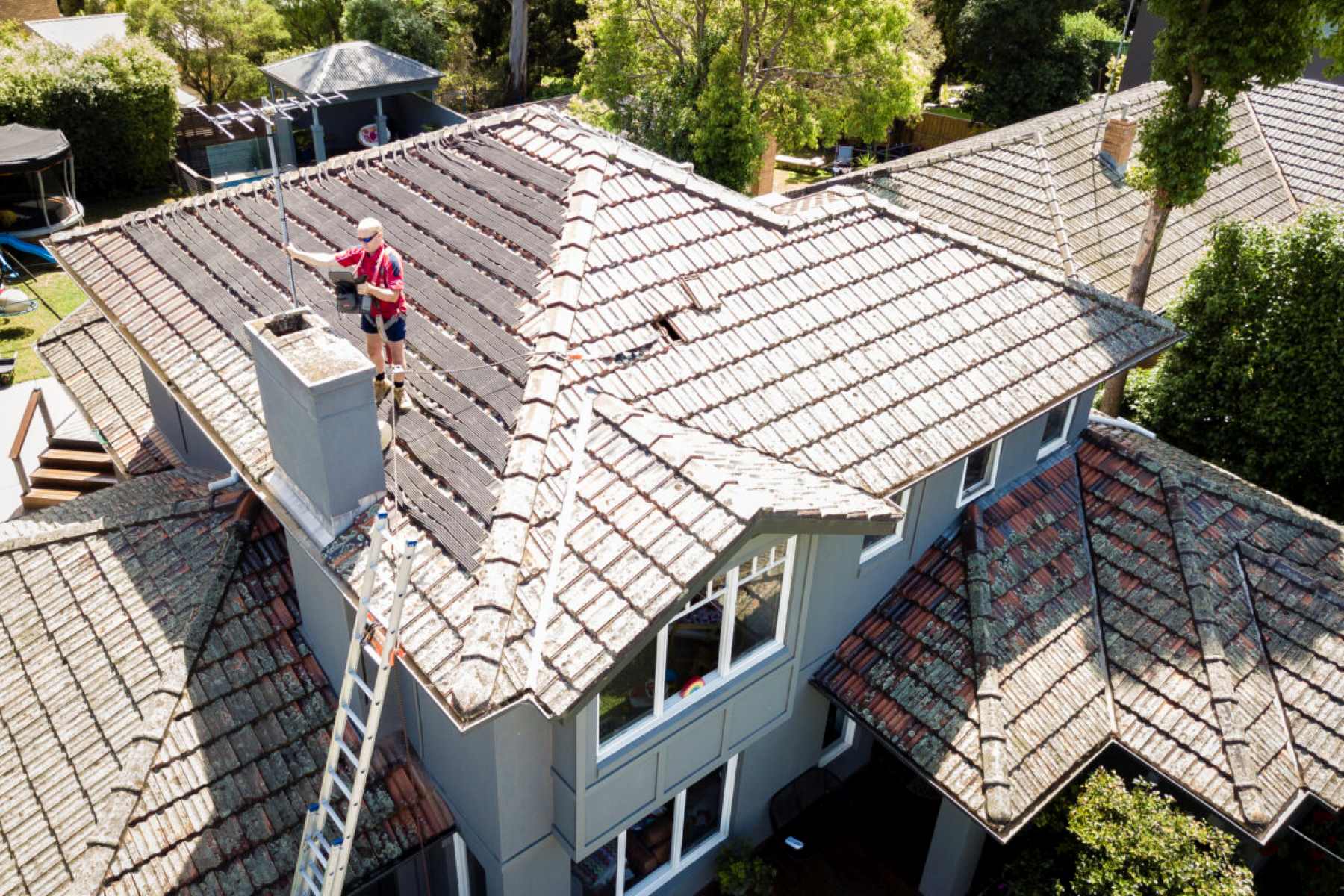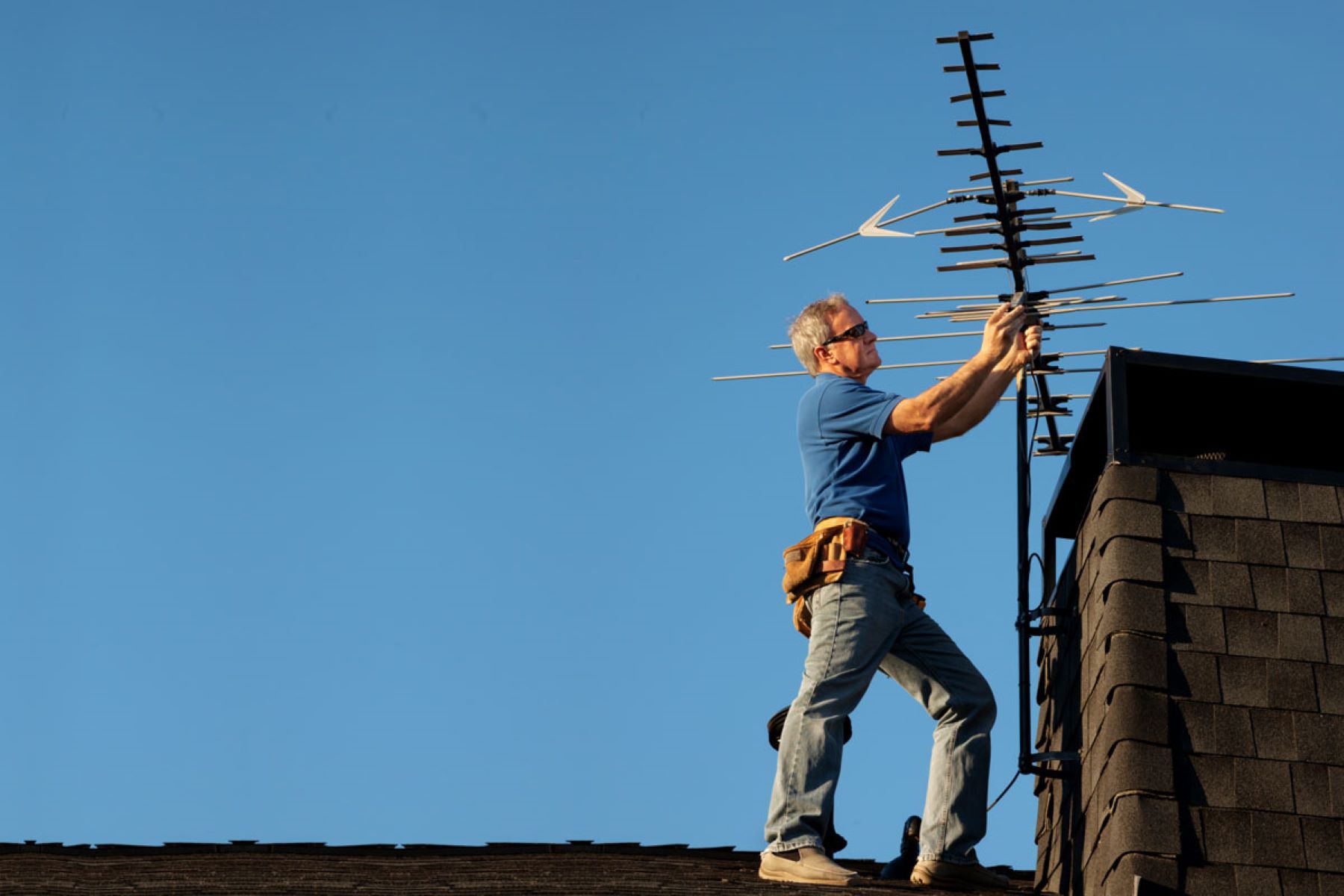Why Grounding is Important for TV Antennas
When it comes to setting up a TV antenna, one crucial aspect that should never be overlooked is grounding. Grounding your TV antenna is essential for various reasons, primarily for safety and optimal signal reception. Without proper grounding, your TV antenna can become a potential hazard and may result in electrical shock or damage to your equipment.
One of the main reasons to ground a TV antenna is to protect against lightning strikes. Lightning can travel through the antenna and into your home’s electrical system, potentially causing a fire or damaging your electronic devices. By properly grounding the antenna, you provide a path for the lightning to safely dissipate into the ground, minimizing the risk of damage or electrical hazards.
Another important function of grounding is to reduce interference. TV signals can be affected by electromagnetic interference, which can weaken the quality of the reception. Grounding helps to dissipate this interference, allowing for a clearer and more consistent signal. This is especially crucial for those living in areas with high electrical noise or near power lines.
Grounding also helps to protect your TV equipment from power surges. Power surges can occur when there are sudden fluctuations in the electrical supply, often caused by events like lightning strikes or utility accidents. Without proper grounding, these power surges can damage sensitive electronic components in your TV and other connected devices. By grounding the antenna, you provide a measure of protection against these surges, safeguarding your equipment.
Furthermore, grounding your TV antenna is required by the National Electrical Code (NEC) in many jurisdictions. Compliance with electrical codes ensures that your antenna installation meets safety standards and reduces the risk of accidents or damage.
In summary, grounding a TV antenna is crucial for safety, optimal signal reception, and compliance with electrical codes. It protects against lightning strikes, reduces interference, protects against power surges, and ensures that your installation meets safety standards. By taking the necessary steps to properly ground your TV antenna, you can enjoy a safer and more reliable television viewing experience.
Tools and Materials Needed for Grounding a TV Antenna
Before starting the process of grounding your TV antenna, it is important to gather the right tools and materials to ensure a successful installation. Here are the essential items you will need to complete the grounding process:
- Copper grounding rod: A copper grounding rod is necessary to provide a suitable path for electrical currents to discharge into the ground.
- Gauge copper wire: You will need a gauge copper wire to connect the antenna mast to the grounding rod. Ensure that the wire is long enough to span the distance between the two with some extra length for flexibility.
- Copper ground clamp: A copper ground clamp is used to securely attach the copper wire to both the antenna mast and the grounding rod.
- Wire strippers: Wire strippers are essential for removing the insulation from the copper wire, allowing for a proper connection.
- Hammer and drill: You will need a hammer to drive the grounding rod into the ground, and a drill can be useful for pilot holes or other modifications to the structure.
- Grounding wire connector: This connector, often referred to as an acorn clamp, is used to connect the copper wire to the grounding rod.
- Grounding electrode conductor: This is a thick copper wire that connects the grounding rod to the grounding system of your house. Ensure that it meets applicable electrical code standards.
- Electrical tape: Electrical tape is used to secure and insulate the connections made during the grounding process.
- Grounding plate (if needed): Depending on the type of antenna and installation, you may require a grounding plate. This plate provides a stable surface for attaching the grounding wire to the antenna mast.
- Pliers or adjustable wrench: These tools are handy for tightening connections and ensuring a secure fit.
By having these tools and materials on hand, you will be well-prepared to proceed with the grounding process. Ensure that all materials meet the necessary electrical code requirements for your region to ensure a safe and compliant installation.
Step-by-Step Guide to Grounding a TV Antenna
Grounding your TV antenna is a relatively straightforward process that you can tackle with the right tools and materials. Follow these step-by-step instructions to properly ground your TV antenna:
- Choose the location for the grounding rod: Select a suitable location near your antenna mast where you can drive the grounding rod into the ground. Ensure that it is at least 8 feet away from any underground utility lines.
- Prepare the grounding rod: Attach the copper ground clamp to one end of the copper wire. Insert the other end of the wire into the grounding rod’s hole. Use a hammer to drive the grounding rod into the ground until only a few inches are above the surface.
- Strip the wire insulation: Using wire strippers, remove the insulation from the other end of the copper wire, about 6 to 8 inches. This will allow for a clean, bare wire for proper connection.
- Connect the grounding wire to the antenna mast: Use the copper ground clamp to securely fasten the stripped end of the copper wire around the antenna mast. Ensure that it is tightly connected to provide a solid grounding connection.
- Connect the grounding wire to the grounding rod: Attach the stripped end of the copper wire to the copper grounding rod using the acorn clamp. Make sure it is securely fastened to establish a reliable connection.
- Secure the connections: Inspect all connections to ensure they are tight and properly secured. Use pliers or an adjustable wrench to tighten any loose connections if necessary.
- Attach the grounding electrode conductor: If required, connect the grounding electrode conductor from the grounding rod to the grounding system of your house. Follow the proper electrical code guidelines for this connection.
- Insulate the connections: Use electrical tape to wrap around the connections, covering them completely. This helps to protect against moisture and ensures the connections remain secure over time.
Once you have completed these steps, your TV antenna should be properly grounded. It is essential to periodically inspect the grounding system to ensure there are no loose connections or damage that could compromise its effectiveness.
Testing the Grounding of a TV Antenna
After grounding your TV antenna, it is crucial to test the effectiveness of the grounding system to ensure it is providing the desired protection and optimal signal reception. Here are the steps to test the grounding of a TV antenna:
- Disconnect the antenna from the TV and remove any coaxial cables connected to it.
- Using a multimeter set to the resistance or continuity mode, touch one probe to the grounding wire attached to the antenna mast.
- Take the other probe and touch it to the grounding rod to complete the circuit.
- If the multimeter displays a low resistance or shows continuity, it indicates that the grounding system is effective.
- If the multimeter does not show continuity or displays high resistance, there may be an issue with the grounding system.
- Inspect the connections: Check all connections, including the ground clamp, wire, and grounding rod, for any signs of damage, corrosion, or loose fittings. Repair or replace any faulty components as needed.
- Re-test the grounding system: After addressing any issues with the connections, re-test the grounding system using the multimeter. Make sure that there is now continuity or a low resistance reading.
- Test the signal reception: Once the grounding system is confirmed to be effective, you can reconnect the antenna and coaxial cables to the TV. Check for any improvements in signal reception or reduced interference. If there are still issues, you may need to adjust the antenna’s position or consider using additional signal amplification devices.
Regularly test the grounding system to ensure its ongoing effectiveness. This is especially important after severe weather events or if you notice a decline in signal quality or increased interference. By maintaining a properly grounded TV antenna, you can enjoy a safer and more reliable television viewing experience.
Common Mistakes to Avoid When Grounding a TV Antenna
Grounding a TV antenna is a critical task that should be done correctly to ensure safety, optimal signal reception, and compliance with electrical codes. However, there are some common mistakes that people make when grounding a TV antenna. By avoiding these mistakes, you can ensure a successful and effective grounding installation. Here are some common mistakes to avoid:
- Using inadequate grounding materials: Using substandard or insufficient grounding materials can compromise the effectiveness of the grounding system. Always use proper copper grounding rods, wires, clamps, and connectors that meet the electrical code standards for your region.
- Improper grounding rod placement: The location of the grounding rod is crucial for its effectiveness. Avoid placing it near utility lines or where it could be damaged during landscaping or construction activities. Ensure that the grounding rod is at least 8 feet away from any utility lines and driven deep enough into the ground.
- Poor connection between the grounding wire and mast: A secure and tight connection between the grounding wire and the antenna mast is essential for proper grounding. Ensure that the copper ground clamp is securely fastened and that there is a solid electrical connection.
- Neglecting to inspect and maintain the grounding system: Over time, the grounding system can deteriorate due to weather conditions or other factors. Neglecting to regularly inspect and maintain the grounding system can lead to loose connections, corrosion, or damage. Periodically check the grounding system, especially after severe weather, and make any necessary repairs or replacements.
- Failing to follow electrical code requirements: Each region may have specific electrical code requirements for grounding TV antennas. Failing to adhere to these requirements can result in safety hazards and potential legal issues. Familiarize yourself with the relevant electrical codes and ensure that your grounding installation meets the necessary standards.
By avoiding these common mistakes, you can ensure that your TV antenna is properly grounded and functioning at its best. It is always recommended to consult with a professional or seek guidance from local authorities if you are unsure about any aspect of the grounding process. Taking the time to do the job correctly will result in a safer and more reliable TV antenna setup.
Additional Tips for Effective TV Antenna Grounding
Grounding your TV antenna is crucial for safety and optimal signal reception. To ensure the effectiveness of your grounding system, here are some additional tips to keep in mind:
- Use a copper grounding rod: Copper is the preferred material for grounding rods as it provides excellent conductivity and corrosion resistance. Avoid using materials like galvanized steel or aluminum, as they may not be as effective.
- Keep ground wires as short as possible: Minimize the length of the ground wire between the antenna mast and the grounding rod. This helps to reduce resistance and ensures a better grounding connection.
- Do not connect to existing electrical ground rods: Avoid connecting the TV antenna grounding system to the existing electrical ground rods of your home. It is important to have a dedicated grounding system for the antenna to prevent interference or potential electrical issues.
- Inspect the grounding system regularly: Periodically inspect the grounding system for any signs of damage, corrosion, or loose connections. Check after severe weather events or when experiencing signal reception issues. Repair or replace any faulty components promptly.
- Ensure proper electrical bonding: Electrical bonding involves connecting all metal components of your TV antenna system to a common ground. This helps prevent potential differences in voltage and minimizes the risk of electrical shock or interference.
- Avoid proximity to power lines: When choosing the location for your TV antenna, ensure it is positioned at a safe distance from overhead power lines. This reduces the risk of electrical hazards and interference.
- Consult with a professional if needed: If you are unsure about any aspect of grounding your TV antenna or if you have a complex installation setup, it is recommended to seek guidance from a professional electrician or antenna installer. They can ensure compliance with electrical codes and provide expert advice.
By following these additional tips, you can enhance the effectiveness of your TV antenna grounding system. Remember that a well-grounded antenna not only improves safety but also ensures optimal signal reception, providing you with a better television viewing experience.
Conclusion
Properly grounding a TV antenna is a crucial step for safety, optimal signal reception, and compliance with electrical codes. By following the step-by-step guide, using the right tools and materials, and avoiding common mistakes, you can ensure an effective grounding installation.
Grounding your TV antenna provides protection against lightning strikes, reduces interference, and safeguards your equipment from power surges. It is also required by electrical codes in many jurisdictions to ensure a safe installation.
Testing the grounding system using a multimeter helps to confirm its effectiveness, and periodic inspections and maintenance are necessary to maintain a reliable ground connection.
Keep in mind the additional tips, such as using a copper grounding rod, keeping ground wires short, and avoiding proximity to power lines. As always, consult with a professional if needed, especially for complex installations or if you are unsure about any aspect of grounding your TV antenna.
By taking the time to properly ground your TV antenna, you can enjoy a safer and more reliable television viewing experience with improved signal reception and minimized risk of electrical hazards. Invest in your antenna setup by ensuring a solid grounding system, and you will reap the benefits for years to come.







